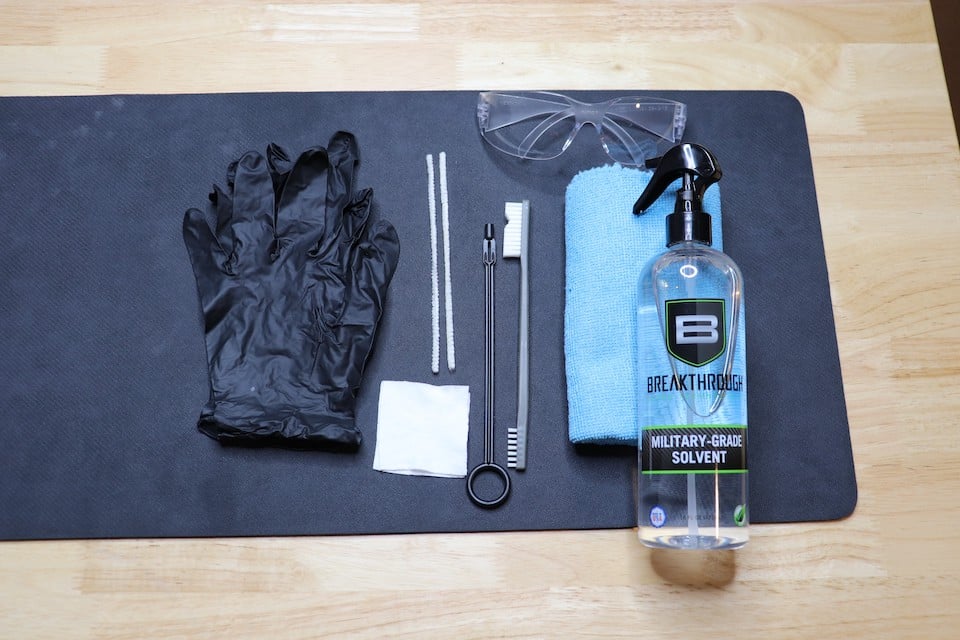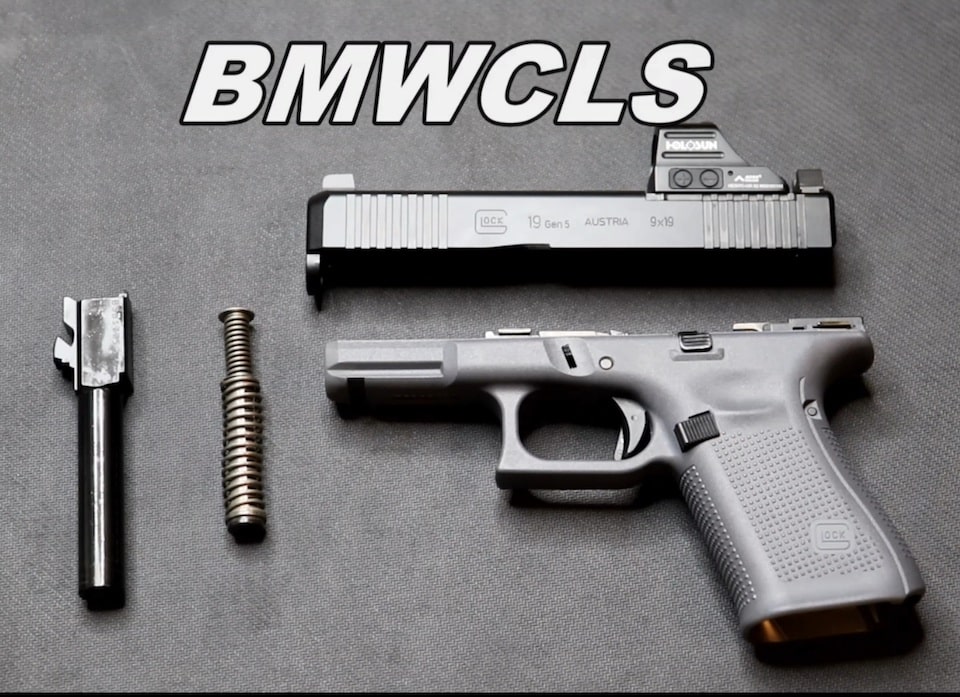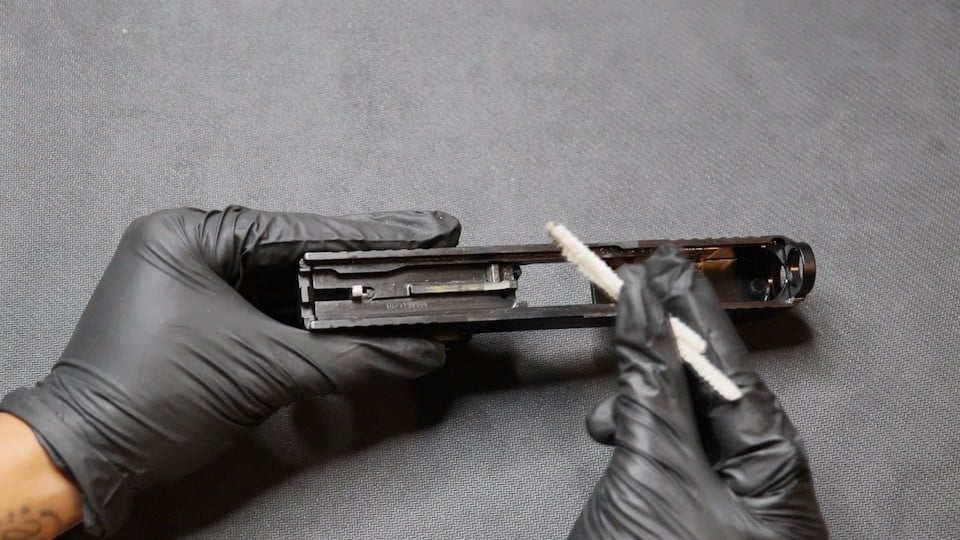Women’s Outdoor News and Avery Skipalis bring you a quick video on basic firearms preventative maintenance and inspection.
Sponsored by GLOCK
Basic cleaning and preventative maintenance are paramount in keeping your firearm in top-running shape. The last thing you want is a malfunction when you need to use your firearm in a defensive situation. Periodic cleaning and inspections will ensure you have confidence in your gun to perform as it should.
The very first thing you will want to do is read the owner’s manual for your firearm. This manual should cover basic nomenclature, field stripping, preventative maintenance and inspection. Next, you want to identify a secure, ventilated area for cleaning and ensure no live ammunition is present. Nitrile gloves and eye protection should always be worn to avoid exposure to harmful chemicals or lead. Always make sure your firearm is cleared out before handling it.

Cleaning Supplies
A cleaning agent, lubricant and protectant are essentials for your cleaning process. The two main types are a 2-step or all-in-one. I prefer the 2-step option as it has multiple bottles of solutions optimized for the task, unlike an all-in-one such as a Cleaner, Lubricant, and Protectant (CLP), but it will get the job done. Some other items you will want to have on hand are a bore brush, patches, a cleaning rod, a nylon cleaning brush and a lint-free cloth. Gun cleaning swabs also come in handy to get in tight places for cleaning.

Performing your Inspection
After you field strip your firearm, thoroughly clean and lubricate it according to the owner’s manual. Now, it’s time to inspect your firearm. The acronym I like to use is BMWCLS.
Broken: Are any parts broken?
Missing: Are any parts missing? Your owner’s manual should have a parts diagram for reference.
Worn: Are any parts excessively worn?
Cleanliness: Are all parts clean and free of debris?
Lubrication: Is your firearm properly lubricated?
Spring Tension: Do all springs have proper spring tension?

Using this acronym should cover all the basics of a proper firearm inspection. The last thing you want to accomplish is a function test after you reassemble, to ensure everything functions properly.
Confidence in your Firearm
Preventative maintenance may be a chore for some, but ensuring your firearm functions reliably is necessary. Following these steps will have your firearm in tip-top shape and give you the confidence you need in your defensive tool. Be sure to review a previous article where I covered this topic in more detail.
Avery Skipalis is the owner of Skip’s Tactical Solutions, an organization that focuses on empowering women, men and children to make sure that no one else becomes a victim. She gained her firearms experience from the military where she’s been a military firearms instructor for 10.5 years. She’s also a certified NRA rifle and pistol instructor and Glock Advanced Armorer since 2015. She’s attended Sig Sauer Academy, FNH, Special Operations Command Armorers courses as well as multiple Advanced Shooting Schools across the United States. She resides in Florida with her husband and 2 kids. She’s currently serving in the United States Air Force and loves sharing her passion with others. She thinks it’s important that women also feel like they’re in control of their own safety. View all posts by Avery Skipalis